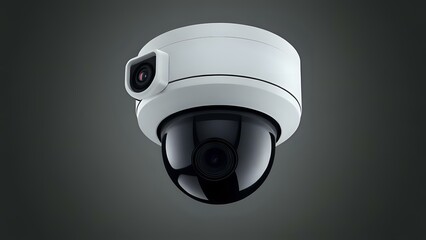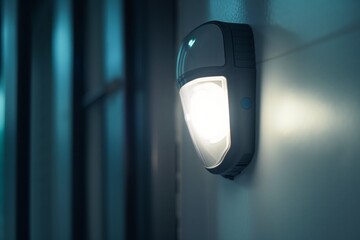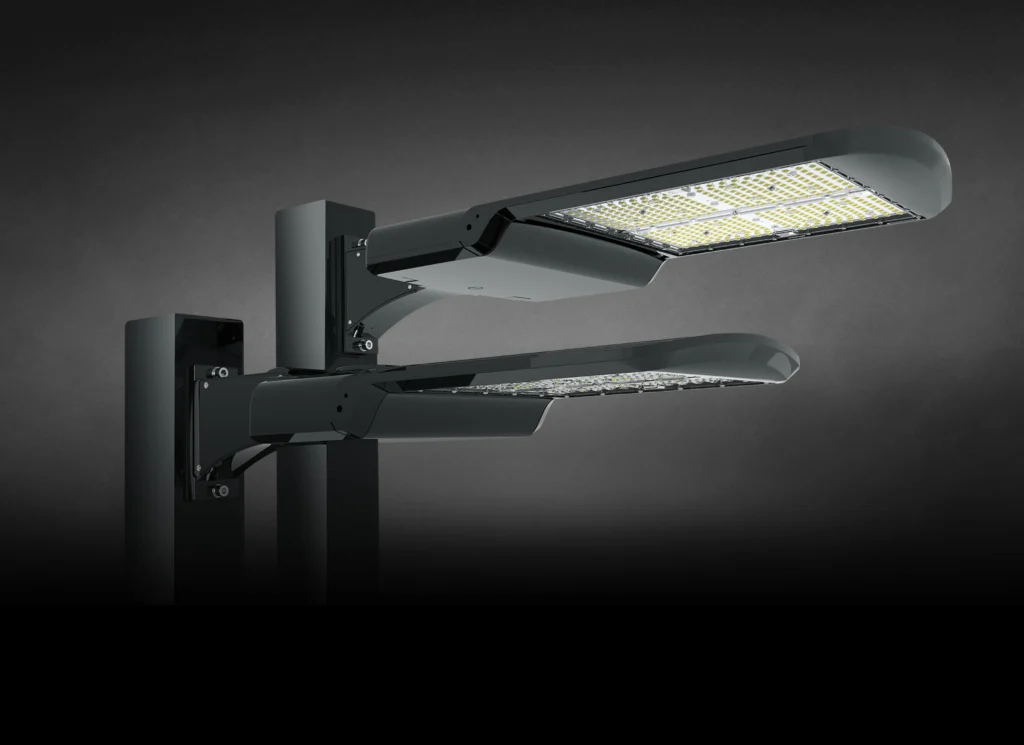Occupancy vs. Motion Sensor Detectors: Which One Is Right for You?
When it comes to smart lighting and automation, occupancy sensors and motion sensor detectors are often used interchangeably, but they serve distinct purposes. Occupancy sensors keep lights on when people are present, while motion sensor detectors activate lights only when movement is detected. Understanding these differences can help you choose the right solution for your home, office, or commercial space.
What Are Occupancy Sensors?
Occupancy sensors detect the presence of people in a room and automatically turn lights on when movement is sensed. They are commonly used in areas where continuous lighting is needed while people are present.
How Occupancy Sensors Work
- Use Passive Infrared (PIR), ultrasonic, or dual-technology detection.
- Turn lights on automatically when presence is detected.
- Keep lights on as long as movement is sensed.
- Turn lights off after a set period of inactivity.
Best Applications for Occupancy Sensors
- Offices & Conference Rooms: Ensures lights remain on during meetings.
- Bathrooms: Provides automatic lighting without manual switches.
- Hallways & Stairwells: Enhances safety by keeping passageways illuminated.
- Classrooms: Reduces energy waste when rooms are unoccupied.
What Are Motion Sensor Detectors?
For a deeper understanding of how motion sensor lighting functions, including best practices and innovative solutions, explore this guide on motion sensor lighting, which explains the features and benefits of this technology.Motion sensor detectors detect any movement within their range and trigger an action, such as turning on a light or activating a security system. Unlike occupancy sensors, motion sensors do not continuously check for presence.
How Motion Sensor Detectors Work
- Typically use Passive Infrared (PIR) or microwave technology.
- Detect sudden changes in movement or heat signatures.
- Turn lights or alarms on instantly when motion is detected.
- Do not automatically keep lights on once motion stops.
Best Applications for Motion Sensor Detectors
- Floodlights for Security: Motion sensor LED floodlights are an excellent deterrent against intruders, offering bright, energy-efficient illumination when movement is detected. Learn more about the best motion sensor LED floodlights for security and how they can enhance your property’s safety.
- Outdoor Security Lighting: Activates lights when movement is detected near doors, driveways, or backyards.
- Garages & Storage Areas: Provides instant lighting for safety and visibility.
- Commercial Security Systems: Alerts or alarms trigger when motion is detected in restricted areas.
- Retail Spaces: Helps monitor movement in specific store sections.
Key Differences Between Occupancy and Motion Sensor Detectors
Understanding the key differences between occupancy sensors and motion sensor detectors is crucial for selecting the right option for your specific needs. While occupancy sensors are ideal for spaces that require continuous lighting when occupied, motion sensors are better suited for security and energy-efficient applications where lights or alarms activate only when movement is detected.
| Feature | Occupancy Sensor | Motion Sensor Detector |
|---|---|---|
| Detection Method | Presence-based | Motion-based |
| Lighting Control | Keeps lights on when people are in the room | Turns lights on only when motion is detected |
| Best For | Indoor use (offices, bathrooms, hallways) | Outdoor or security applications |
| Energy Efficiency | High | Moderate |
Which Sensor Should You Choose?
- Choose an occupancy sensor if you want automatic lighting that stays on while a room is occupied.
- Choose a motion sensor detector if you need instant-on lighting for security or safety in areas with occasional movement.
- In some cases, a combination of both may be the best approach for maximum efficiency and security.
Frequently Asked Questions
What is a motion sensor detector and how does it work?
A motion sensor detector is a device that detects movement within its range using Passive Infrared (PIR) or microwave technology. When motion is detected, it can trigger an action, such as turning on lights or activating a security system.
Are motion sensor detectors energy-efficient?
Yes, motion sensor detectors help reduce energy waste by ensuring that lights or systems are only activated when movement is detected. Compared to occupancy sensors, which keep lights on as long as presence is detected, motion sensors are often more energy-efficient for areas with infrequent activity, such as garages, warehouses, and security lighting. By preventing unnecessary energy consumption, motion sensors contribute to lower electricity costs while enhancing safety and automation.
Conclusion
Both occupancy sensors and motion sensor detectors offer unique benefits depending on the environment in which they are used. In many cases, using a combination of both sensors provides the best solution for optimizing energy efficiency and security. For example, offices and conference rooms can benefit from occupancy sensors to maintain continuous lighting while in use, whereas parking lots and warehouses may rely on motion sensor detectors to activate lights only when needed. Understanding their differences and applications ensures that you choose the right solution to enhance efficiency, safety, and automation in your space. Whether you’re looking for continuous lighting control or security-focused motion detection, selecting the right sensor will help maximize energy efficiency and operational convenience.For a deeper dive into top-performing models, check out this guide on the best motion sensor LED floodlights for security, which reviews highly-rated options for different applications.


